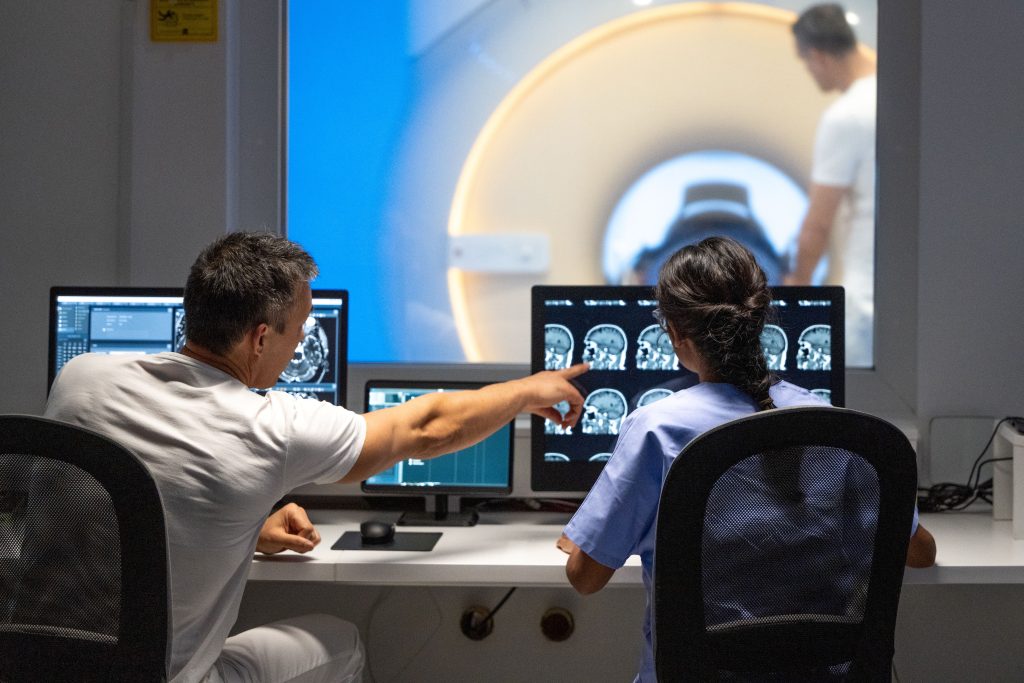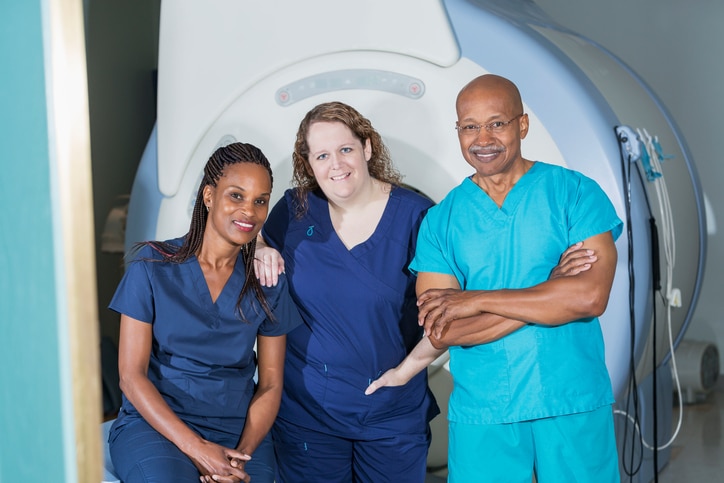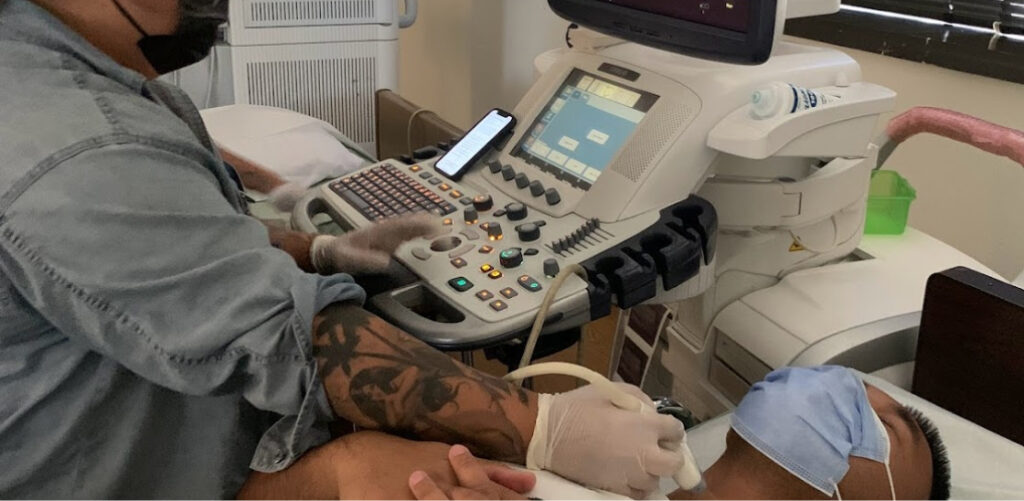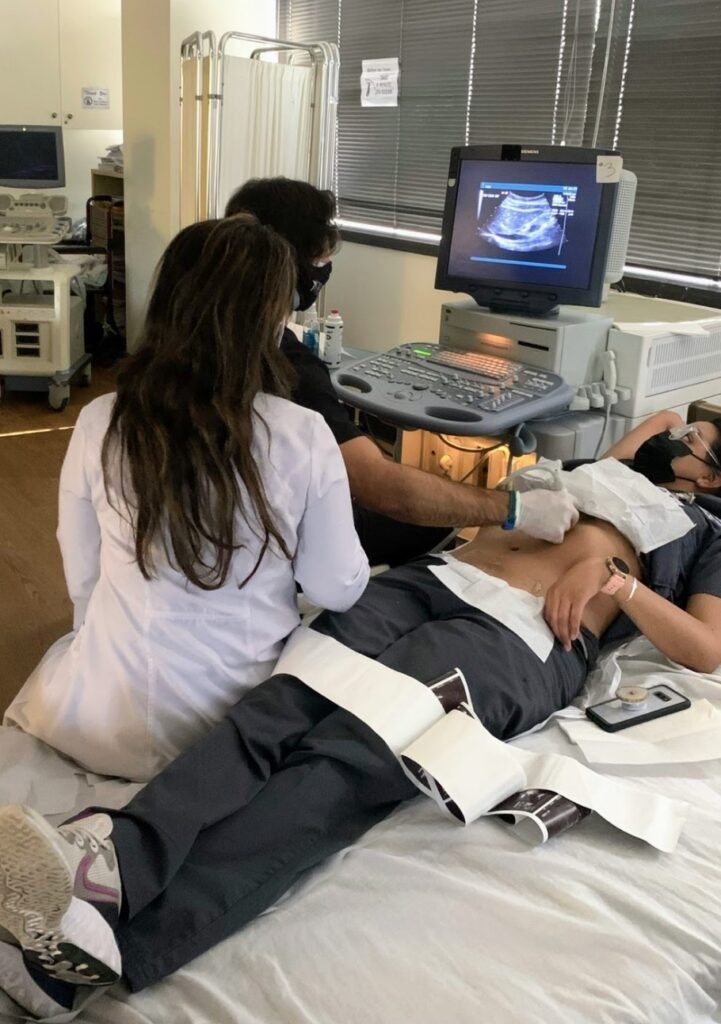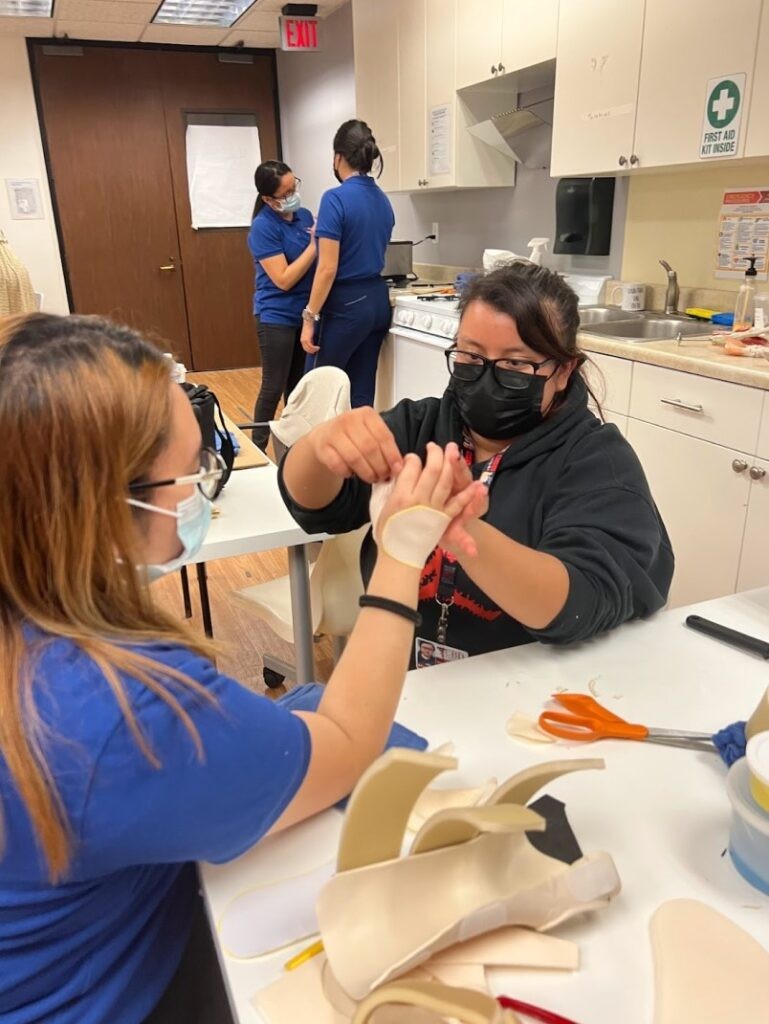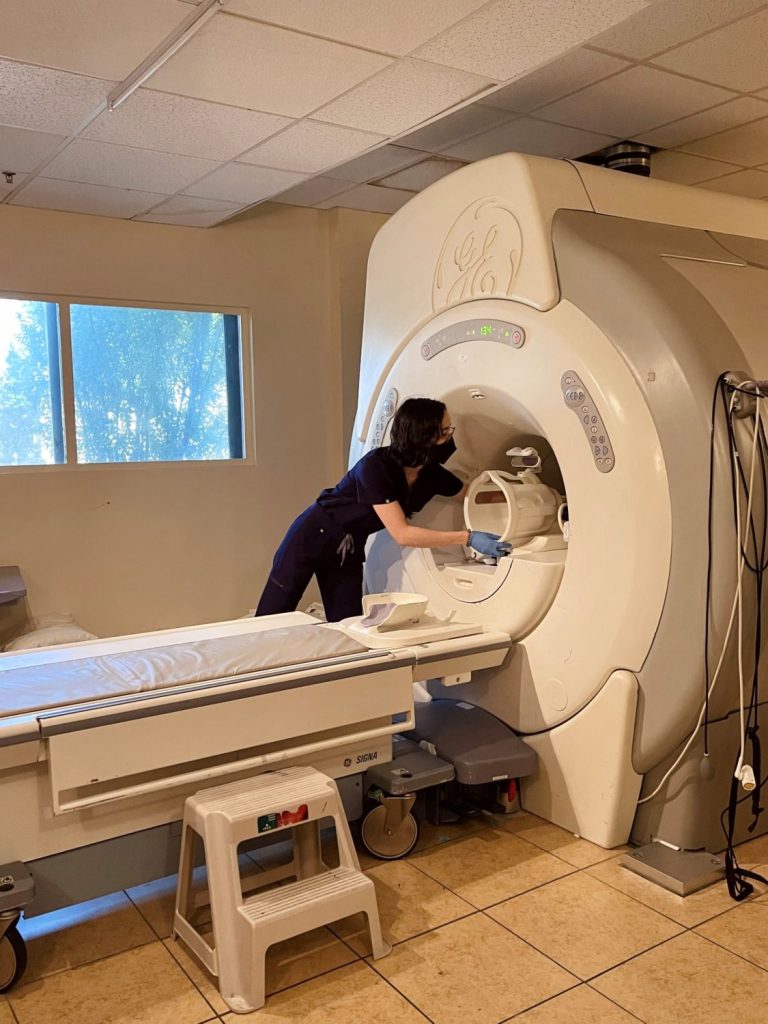Magnetic Resonance Imaging (MRI)
Launch Your Career with Our Magnetic Resonance Imaging Training Program in Under 17 Months
For Our Next Available Start
Enrolling Now
Gain valuable skills.
In our Magnetic Resonance Imaging (MRI) program, you’ll develop essential skills in capturing high-quality diagnostic images and interpreting cross-sectional anatomy. Through hands-on training with advanced imaging equipment and real-world clinical experiences, you’ll gain the confidence needed to excel in the field. By mastering techniques in patient care and safety protocols, you’ll be fully prepared to meet the demands of a dynamic healthcare environment.
- Perform MRI scans to capture detailed images of internal organs, tissues, and structures.
- Operate MRI machines and ensure accurate image quality.
- Evaluate image quality for accurate diagnosis.
- Communicate findings to healthcare providers.
- Maintain patient records confidentiality.
- Prepare patients and offer support during exams.
- Collaborate with a healthcare team for patient care.
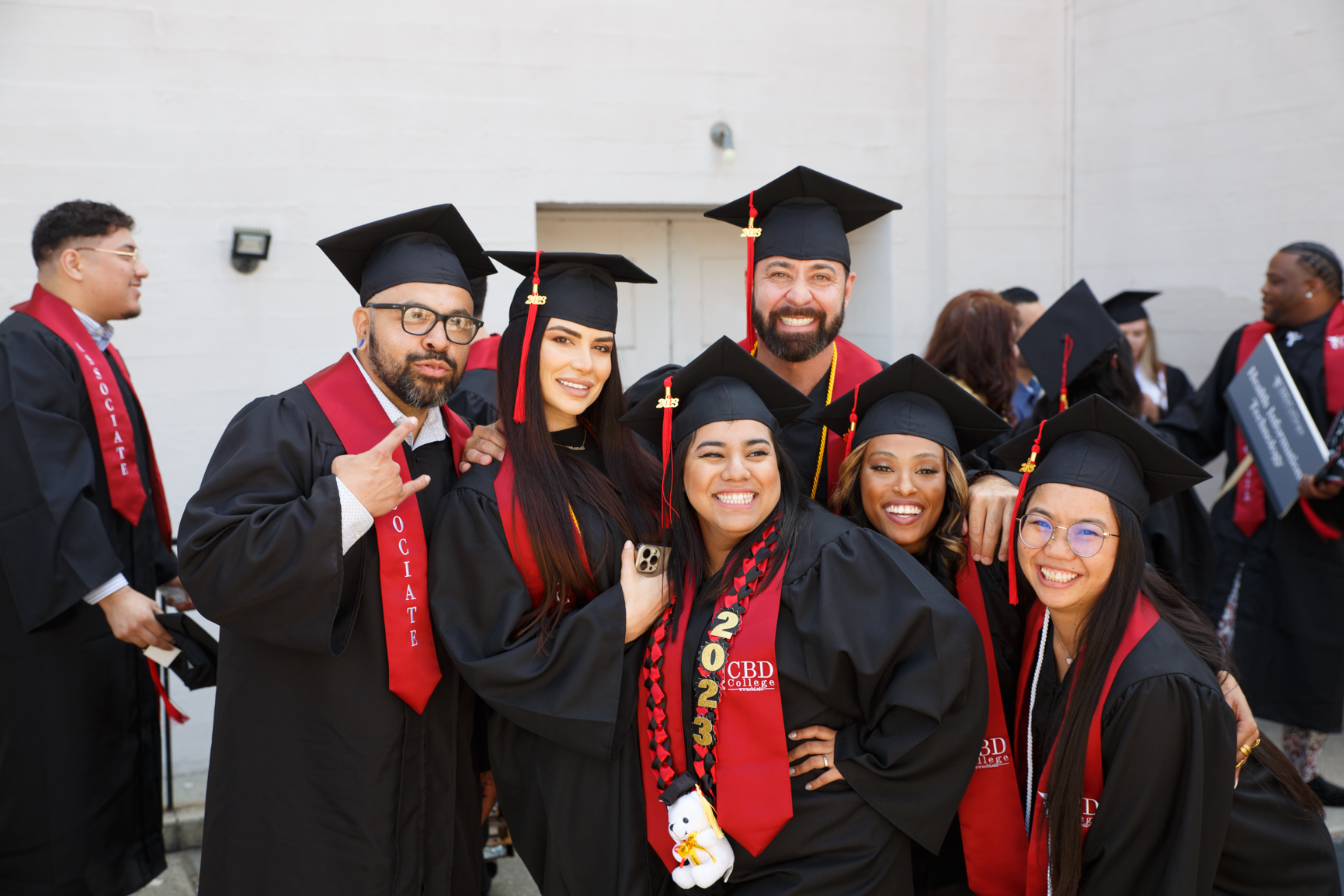
Are you ready to join the MRI program?
Learn more about this program.
